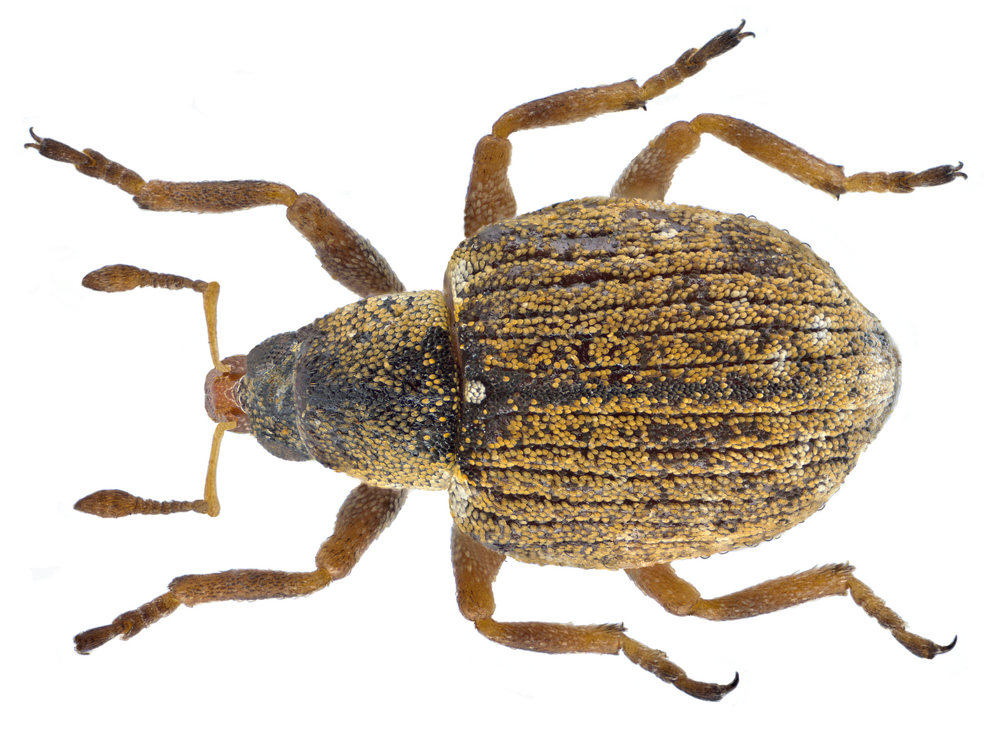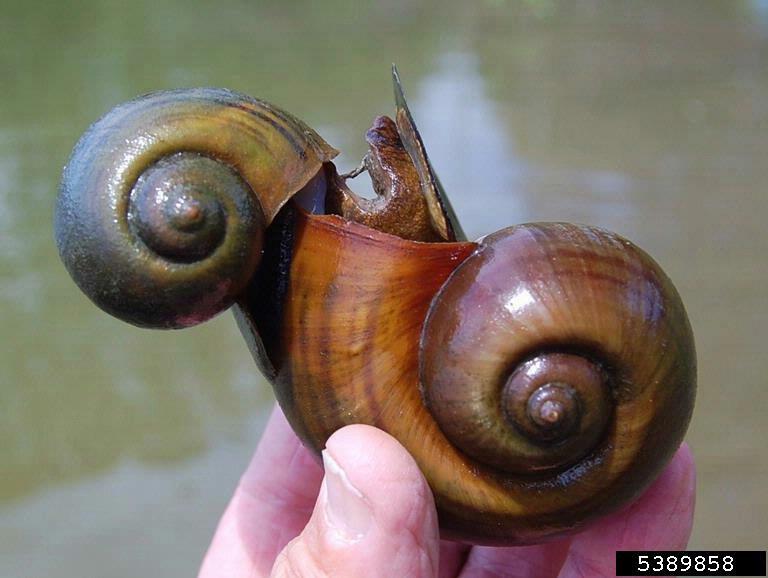Azolla
Description
Azolla, Azolla pinnata, an aquatic fern from the Azollacea plant family, is largely used as cattle fodder. With a main stem and pinnate side branches, azolla is a tiny branching plant. They resemble duckweed or other mosses more than other conventional ferns because of how reduced and specialized they are.
The side branches are longer at the base of the stem than at the top giving the fronds a roughly triangular shape. Each frond is composed of many overlapping rounded leaves which are covered in tiny hairs on their upper surface. Fronds are bright green in color, but they can take on a reddish tint when they are exposed to direct sunshine. On the water's surface, floated fronds resemble red velvet. Individual fronds can grow to a length of 1.5 to 2.5 cm (0.6-1.0 in).
Azolla is a plant whose native habitat stretches from Africa through India, Southeast Asia, and Australia.
Crop Details
Scientific Name: Azolla pinnata
Common Name: feathery mosquito fern, red azolla, water velvet (En); afrikanischer algenfarn (German); aka-ukikusa (Japan)
Uses & Benefits
The Azolla plant is commonly grown as a fodder plant for animals and as a companion plant for rice since it fixes nitrogen and suppresses weeds. It is rich in proteins, amino acids, vitamins (vitamin A, vitamin B12, Beta Carotene) and minerals.
It can be used as a bio-fertilizer by fixing atmospheric nitrogen and storing it in its leaves. This can help to improve crop yields.
Propagation
Basic Requirements
Azolla must be grown in freshwater or moist mud in order to flourish since if allowed to dry out, the plants will die within a few hours. The plants spread quickly and can be grown in ponds or specially constructed pits. Strong water currents could damage the plant's fronds if it is cultivated in water, hence there should be little to no current.
The ideal conditions for azolla growth are in standing water that is 4 to 7 pH and between 5 and 12 cm (2.0–4.7 in) depth. It requires fully composted manure for nutrients and about two feet of root space. Azolla is sensitive to salinity and requires water with a high phosphorus content.
Plants will grow optimally at temperatures between 20 and 28°C (68-82.4°F) in partial shade or full sunlight. Heavily shaded areas should be avoided.
Seeding
Propagation Azolla is first cultivated by seeding,either by throwing or gently rubbing Azolla in your hands and spreading it in.a prepared pit or pond. The azolla will rapidly colonize the water and start reproducing on its own.
General Care and Maintenance
To ensure the health of the Azolla crop, organic phosphate supplements and cow dung slurry should be added every five days. This helps to maintain the mineral and nutrient levels in the water and keep the crop healthy. It is essential to replace 25-30% of the old water with fresh water every ten days. Doing so would prevent nitrogen buildup and keep the water clean. It is also recommended to replace the entire water and soil every six months and add fresh Azolla seeds to prevent the crop from getting infected with diseases
Harvest
To enable the plant to recolonize, some of the harvest ought to be set aside. To keep the pond from being too congested, plant materials should be collected after every three days. The harvested Azolla can be used to feed animals directly or dried for later use.
References
CABI Crop Protection Compendium. (2008). Azollo pinnata datasheet. Available at: http://www.cabi.org/cpc/datasheet/8120. [Accessed 06 November 14]. Paid subscription required. Directorate of Animal Husbandry and Veterinary Services. (2010). Azollo as Livestock Feed. Directorate of Animal Husbandry and Veterinary Services, Cuttack, India. Available at: http://orissaahvs.com/File/FeedFodderDevelopment/Azolla.pdf. [Accessed 06 November 14]. Free to access. Ferentinos, L., Smith, J., Valenzuela, H. (2002). Azolla. College of Tropical Agriculture and Human Resources (CTAHR), University of Hawaii at Manoa. Available at: http://www.ctahr.hawaii.edu/oc/freepubs/pdf/GreenManureCrops/azolla.pdf. [Accessed 06 November 14]. Free to access.
















